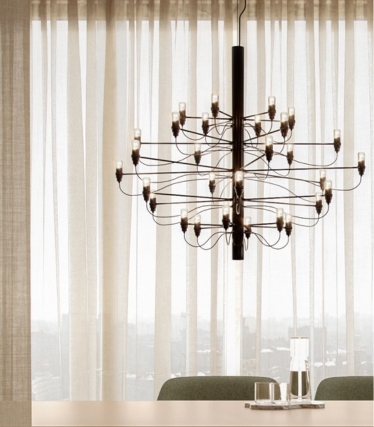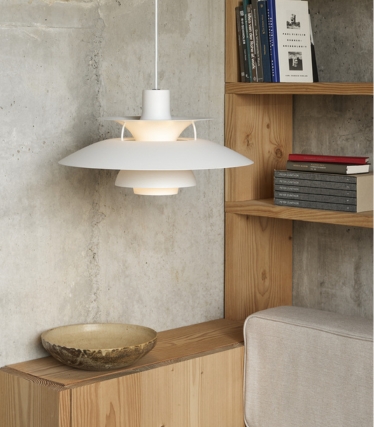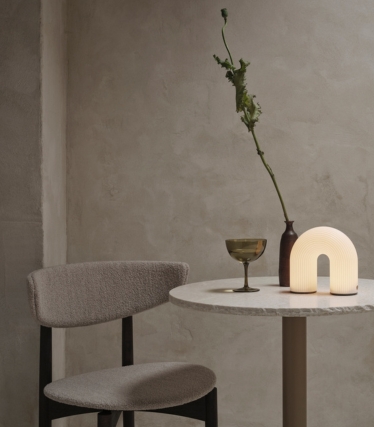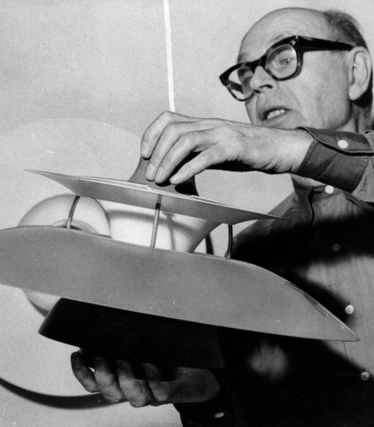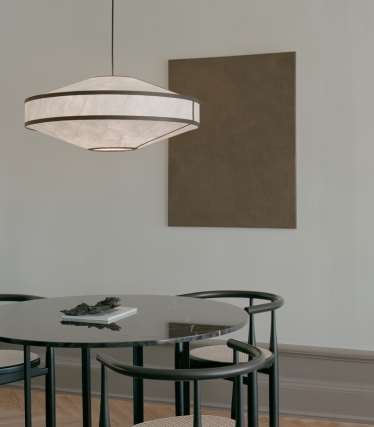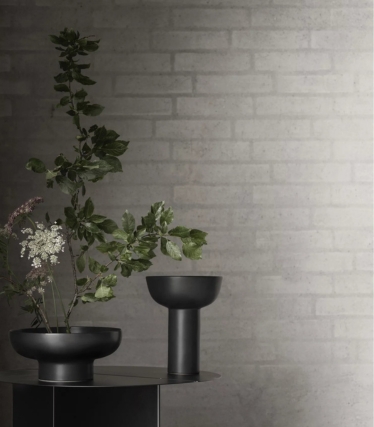What can you do yourself at home?
Advice on working from homeDo it yourself - legal electrical work
- Replacing or installing plugs and line switches, line switches, appliance switches and portable sockets (extension cords, junction boxes, etc.)\ - Repairing electrical appliances, e.g. replacing the wire that supplies power to the appliance (a supply line) and replacing a socket - Replace indoor (normally sealed) switches and socket outlets without earth - and thus with two holes - up to 250 V in the home. Normally sealed equipment is all equipment that has an IP20 rating or does not have an IP rating - Replace indoor (normally sealed) sockets with earth - and thus with three holes - up to 250 V in the home. However, this requires that the home's electrical installation is protected with an HFI or HPFI circuit breaker - Replace regular switches with dimmer switches or switches with time function etc. in the home - Putting up and taking down lights in the home. This also applies to low-voltage lighting (halogen lamp kits), which come with transformer, lamps, cables and installation instructions - Modify and repair low-voltage control and regulation systems used to control high-voltage functions, such as reprogramming intelligent controls.
The electrical work you are allowed to do yourself in the fixed installation does not fundamentally change the installation.
Therefore, the installation in your home must still comply with the regulations in force at the time your electrical installation was established.
What can you do yourself at home?
Click here to read more on the Safety Board's website about what you can do at home.
